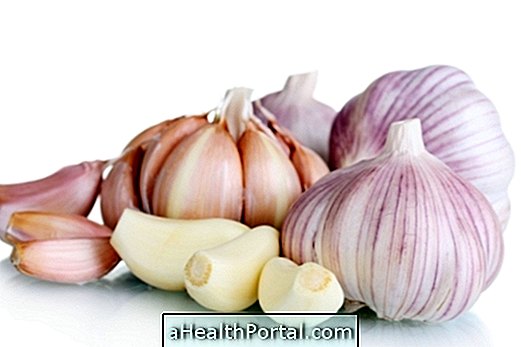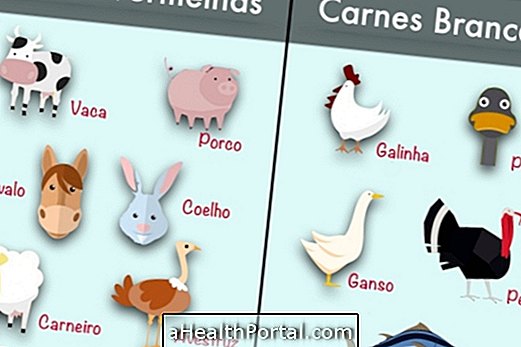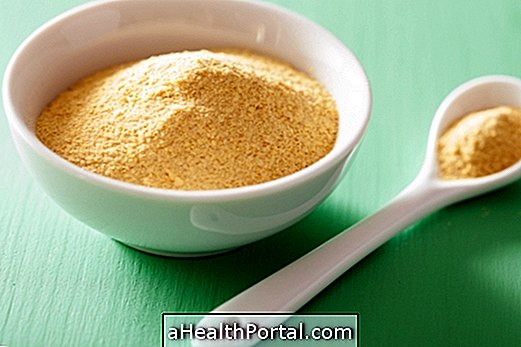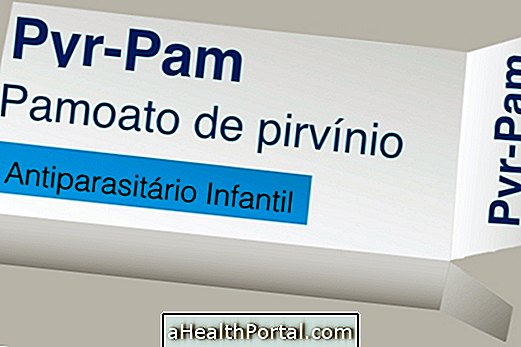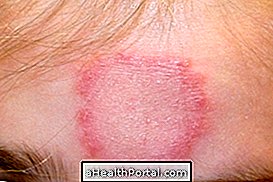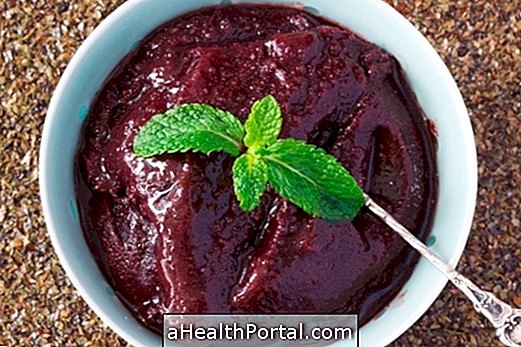The best way to know if moldy cheese is spoiled and can not be consumed is to check that the texture or aroma is different from how it was when it was purchased.
In the case of fresh cheeses, creamy, grated and sliced with mold on the surface, it is difficult to take advantage of the interior because fungi and bacteria spread quickly within this type of cheese and, therefore, all cheese must be discarded. On hard and cured cheeses such as parmesan or gouda, you can remove the damaged surface and eat the rest of the cheese safely, because these types of cheeses have less moisture and make it difficult to grow the microorganisms, not spoiling the rest of the cheese.
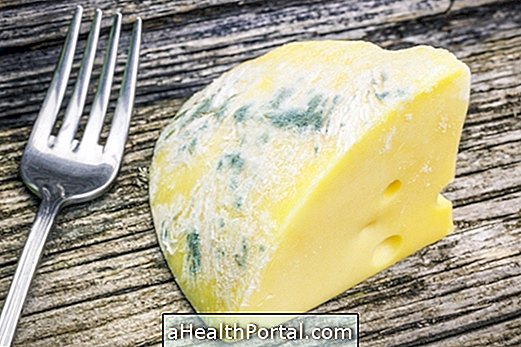
How to know if you can eat the cheese from the refrigerator
Cottage, cream cheese, fresh minced cheese, cottage cheese and ricotta are examples of fresh and creamy cheeses with high humidity and should be discarded immediately if they show signs of rotting, such as changes in aroma, greenness or presence of mold. fungi and bacteria spread rapidly through this type of cheese.
Mozzarella, Swiss, Gouda, Parmesan and Provolone are examples of harder and heavier cheeses with less moisture that are not completely contaminated after the mold appears. Therefore, they can be consumed as long as the contaminated part is removed. When removing the contaminated part, remove a few extra inches around, even if the cheese still looks good. This prevents the consumption of toxins or small pockets of mold that have not yet spread completely.
Roquefort, gorgonzola, camembert and brie, are blue or soft-paste cheeses that are produced with different species of fungi. Therefore, the presence of molds in these types of cheese is normal, but if it is looking different than usual, its consumption is not recommended, especially after the expiration date.
3 tips for not eating spoiled cheese
To identify if the cheese is still good to be consumed, it is important to:
1. Do not eat overdue cheese
Expiring cheese should not be consumed, as the manufacturer is no longer responsible for the safety in the consumption of this product. So discard the cheese and do not eat, even if the cheese is apparently good.
2. Observe the aroma
Usually the cheeses have a mild aroma, except for special cheeses such as Roquefort and Gorgonzola, which have a very strong smell. So always be wary that a cheese smells very different from the usual. If this happens, avoid consuming it, even in its cooked form.
3. Check appearance and texture
Appearance and texture are aspects that change a lot according to the type of cheese. Therefore, knowing the normal characteristics of the cheese in question is very important. If in doubt, consult a dealer or a specialized manufacturer to understand exactly how the cheese should be in the shelf life: soft or hard, mildew or mildew, strong or mild odor, and other characteristics.
If the cheese looks different than it usually is, it is recommended to throw it away, even if it is within its validity. In this case, it is still possible to make a complaint directly to the distributor, such as supermarkets, the manufacturer or even the body responsible for consumer rights.

How to make the cheese last longer
To conserve the cheese and make it last longer, the ideal temperature is 5 to 10ºC for any type of cheese. Nevertheless, some cheeses, such as provolone and parmesan, can be kept in a cool place in a sealed package. Once opened, all cheeses should be stored in clean, closed containers inside the refrigerator, such as a cheese maker. This prevents the cheese from drying out and deteriorating easily.
When choosing the place of purchase and the origin of the cheese, check if the refrigerator is on. Avoid buying cheeses in hot, stuffy places and on the beach, as improper places can store the cheese at inappropriate temperatures and spoil the product. So avoid buying cheeses at tradeshows and street vendors, and prefer to buy them at safe establishments such as supermarkets and bakeries.
What happens if I eat spoiled cheese
Pain in the belly, diarrhea and vomiting are symptoms that can happen when eating a spoiled cheese. Foodborne infection or intoxication are foodborne illnesses that usually happen when food is out of date or when its storage has not been properly done.
In addition, often the discomfort goes unnoticed and is not related to food. Thus, only the most serious cases reach doctors and rarely lead to death. If you are suspicious of contamination from spoiled cheese, hydrate yourself by drinking plenty of water and immediately seek a service station. Carrying the carton or a piece of cheese consumed can aid in medical diagnosis.
